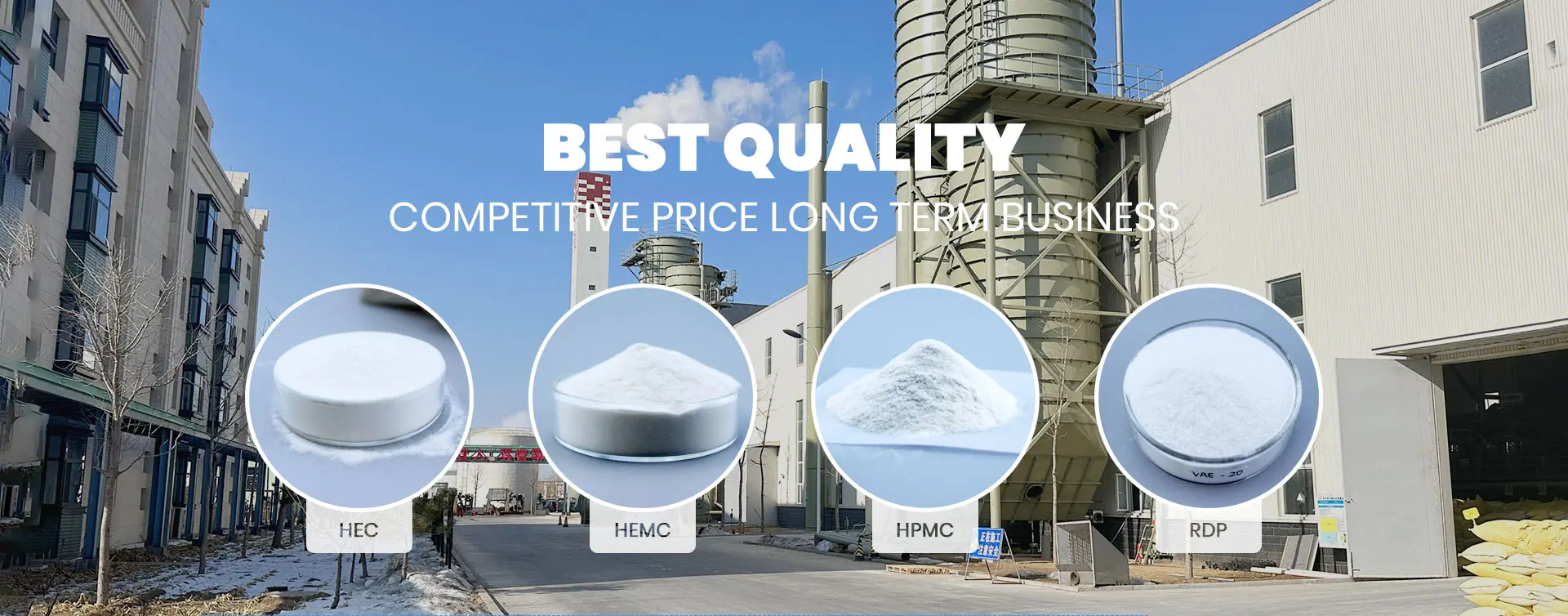
Nov . 06, 2024 13:08 Back to list
Exploring the Impact of HPMC on Pharmaceutical Formulations and Drug Delivery Systems
The Role of HPMC in Modern Applications
Hydroxypropyl Methylcellulose (HPMC) is a versatile polymer derived from cellulose, a natural polymer found in the cell walls of plants. The unique properties of HPMC make it an invaluable ingredient in a wide range of industries, including pharmaceuticals, food, construction, and personal care products. This article delves into the significance of HPMC, exploring its properties, applications, and the benefits it brings to various fields.
Understanding HPMC
HPMC is produced by chemically modifying cellulose through the addition of propylene oxide and methyl chloride. The result is a white, odorless powder that is soluble in water and can form gel-like solutions. The degree of substitution (the number of hydroxyl groups replaced by methoxy and hydroxypropyl groups) significantly influences the properties of HPMC, such as viscosity and solubility, allowing manufacturers to tailor the material for specific applications.
One of the most notable characteristics of HPMC is its ability to form films and retain moisture, which makes it an excellent binder and thickener. It is non-ionic, which means it is compatible with both ionic and non-ionic ingredients, giving it an edge over other thickeners. Moreover, HPMC is known for its low ash content and biocompatibility, making it suitable for sensitive applications, especially in the pharmaceutical and food industries.
Applications in Pharmaceuticals
In the pharmaceutical industry, HPMC plays a crucial role in drug formulation. It is commonly used as a viscosity-increasing agent, stabilizer, and binder in tablet formulations. HPMC can control the release of drugs, making it valuable in controlled-release formulations. By encapsulating the drug in an HPMC matrix, pharmaceutical companies can achieve sustained drug release, enhancing therapeutic efficacy and improving patient compliance.
Moreover, HPMC is utilized in the production of ophthalmic products, such as eye drops and gels. Its ability to retain moisture helps provide relief in dry eye conditions. HPMC’s non-irritating nature makes it suitable for use in sensitive applications, ensuring patient safety.
hpmc

HPMC in the Food Industry
In the food sector, HPMC is recognized as a food additive, notably identified as E464. It serves multiple functions, including acting as a thickener, emulsifier, and stabilizer. Its ability to bind water ensures moisture retention in products, which is vital in extending shelf life and maintaining texture. HPMC is commonly used in gluten-free products, where it mimics the texture and elasticity provided by gluten, enhancing the quality of the final product.
Additionally, HPMC contributes to the formulation of low-fat and reduced-calorie foods. By incorporating HPMC, manufacturers can achieve desirable mouthfeel and viscosity without the added calories from fats. This application caters to the growing consumer demand for healthier food options without compromising on texture.
HPMC in Construction and Personal Care
The construction industry also benefits from HPMC, particularly in tile adhesives, plaster, and mortars. Its water retention properties ensure better adhesion and workability, essential for the performance of construction materials. HPMC acts as a thickening agent, providing the necessary consistency for various applications.
In personal care products, HPMC is a common ingredient in cosmetics and skincare formulations. It is used for its thickening, emulsifying, and film-forming properties, enhancing the texture and stability of creams, lotions, and gels. Furthermore, HPMC's ability to provide a smooth application and a moisture-retaining effect makes it a favorite among formulators in the beauty industry.
Conclusion
The significance of Hydroxypropyl Methylcellulose in modern applications cannot be overstated. Its unique properties make it indispensable across various industries, from pharmaceuticals to food production and beyond. HPMC's versatility, combined with its compatibility and safety, ensures its continued relevance as industries evolve and adapt to consumer needs. As research advances, we may discover even more applications for this remarkable polymer, solidifying its place as a crucial ingredient in numerous formulations worldwide.
-
Versatile Hpmc Uses in Different Industries
NewsJun.19,2025
-
Redispersible Powder's Role in Enhancing Durability of Construction Products
NewsJun.19,2025
-
Hydroxyethyl Cellulose Applications Driving Green Industrial Processes
NewsJun.19,2025
-
Exploring Different Redispersible Polymer Powder
NewsJun.19,2025
-
Choosing the Right Mortar Bonding Agent
NewsJun.19,2025
-
Applications and Significance of China Hpmc in Modern Industries
NewsJun.19,2025







